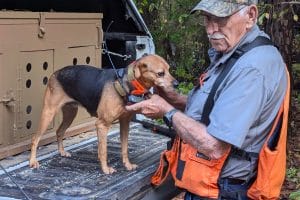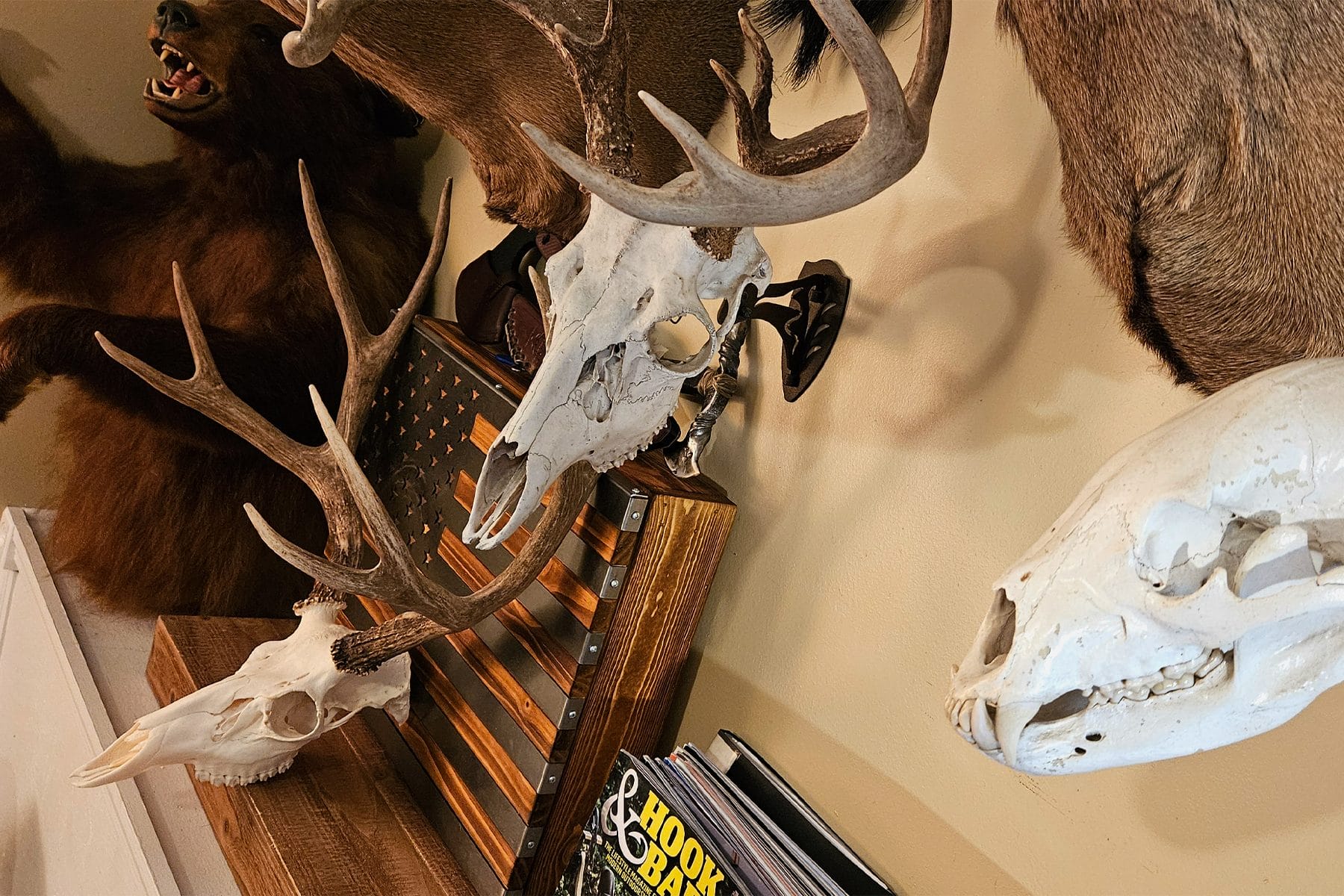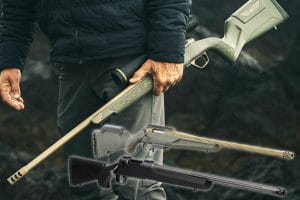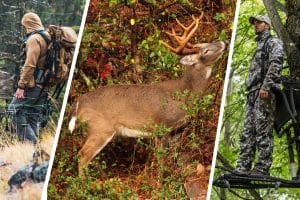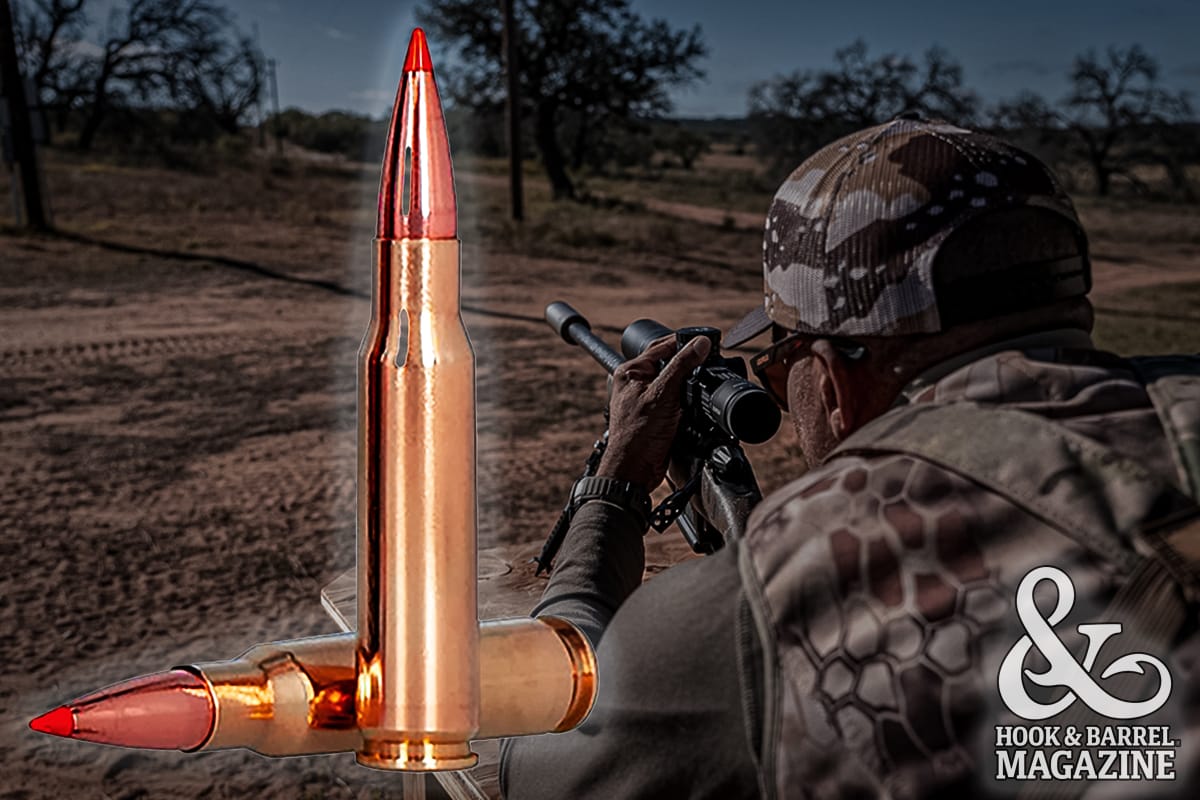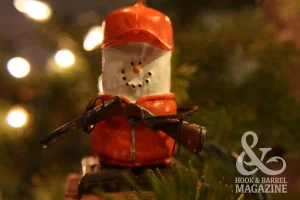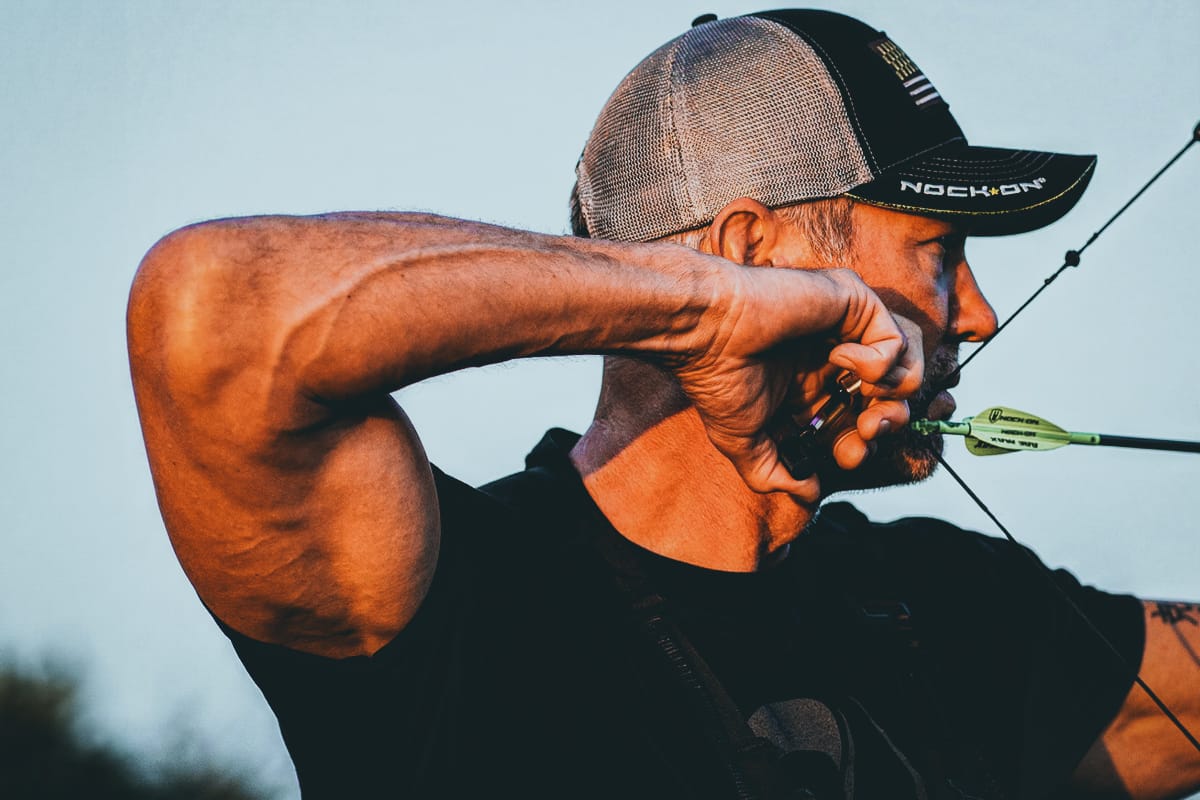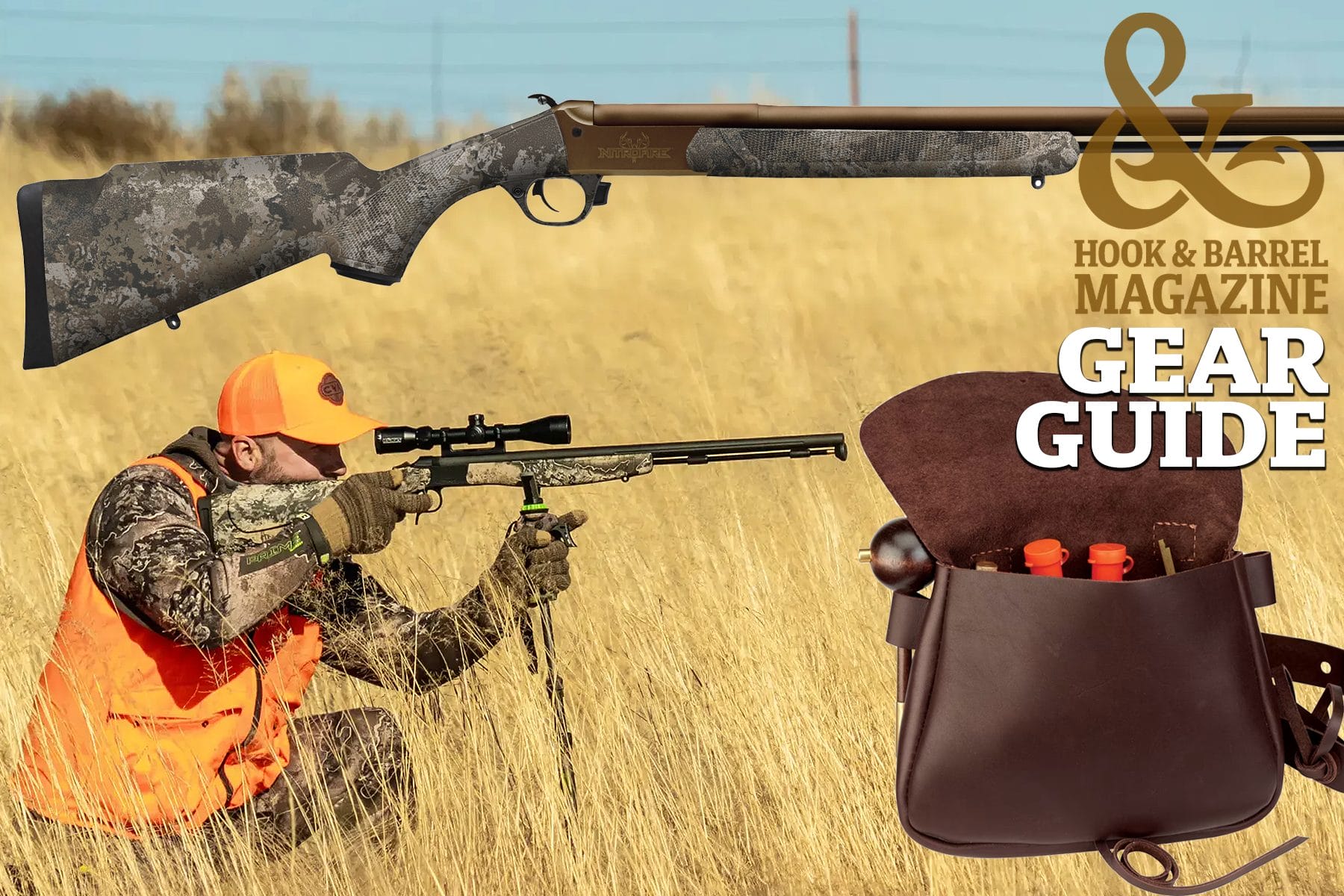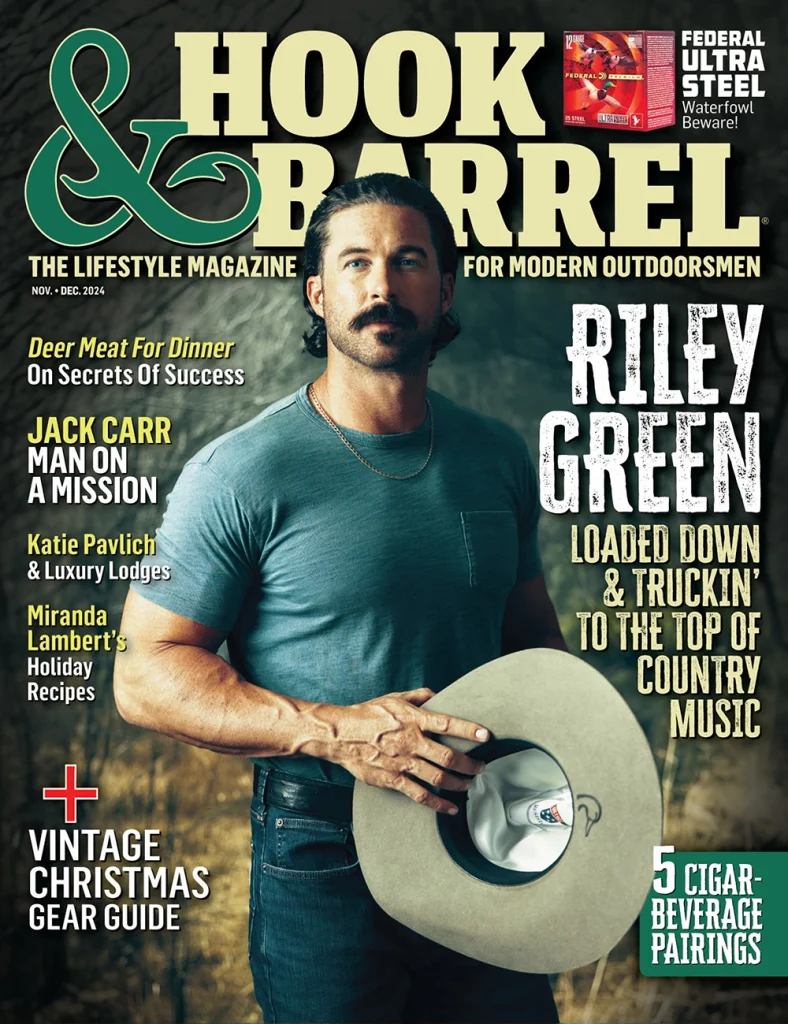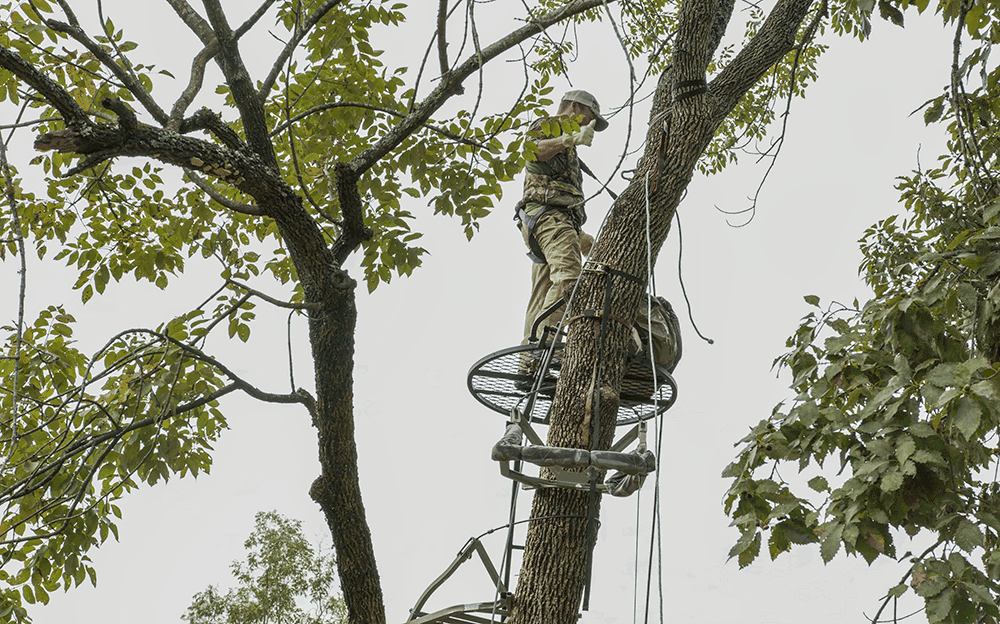
Treestand Zipline for big bucks—big buck obsession leads to innovation.
Mat “the Condor” Hoffman is a legendary vert ramp/big air BMX rider who dominated the circuit in the 90s, 2000s, and ESPN’s initial X-Games. From Oklahoma City—a city known more for its big bass and country crooners than extreme sports—Hoffman risked everything to pull off the raddest, non-motorized jump of all time. Hoffman bit it big time, breaking bones and rupturing his spleen, damn near killing him. The point? The Condor was willing to push the envelope for his passion …I did the same for big bucks – with a treestand zipline.
A mature whitetail’s olfactory system is its best defense against becoming a wall ornament. But while its sniffer gets most of the respect, its eyes and ears aren’t too shabby either. A strange rustle of leaves will cause a buck to turn tail quicker than you can say “Adios.”
To kill a wise whitetail at any time other than peak rut, you can’t let him see you, smell you, or hear you. And this is why bowhunters have traditionally opted to sit motionless in treestands above the fray of wind, lines of vision, and leaf litter. Once perched in a stand with a favorable wind, the odds shift into the hunter’s favor.
Problem solving
The problem with treestands is getting to them undetected. Most hunters never even know they’re spooking deer while walking in. Untold numbers of are hunts blown before they even start. A mature buck that’s 100 yards from the stand or closer will simply stop when it hears a noise, smells a human, or sees a flashlight; if the danger persists, he’ll simply turn around and slink off. And don’t think ol’ bucky doesn’t bank that data into his short-term memory. He’s unlikely to return to that spot for at least a day. And if you spook him several days in a row, forget about it.
As a self-avowed deer nut whose addiction has ruined love lives and savaged my free time in the fall, I preach accessing your stand as stealthily possible. So since I was a little kid, and probably after seeing the movie The Goonies, I’ve dreamt of accessing my treestands via zipline. I hypothesized that a treestand zipline would allow me to bypass all those tattling leaves. Moreover, most scent is left via surface-to-surface transfer—boots on the ground—so by never placing feet on terra firma, I could, in theory, eliminate a great deal of scent, and therefore kill more bucks. Moreover, wouldn’t ziplining in be cool?!
Twenty-five years later, I finally carried out this deer hunting fantasy when I installed a treestand zipline going directly into one of my favorite hunting spots. Was it expensive compared to buying a climber from Cabela’s? Yep. Could it be called gaudy, reckless, somewhat ridiculous, and even Peter Panish? You bet. Furthermore, installation was a pain and at times downright scary. But curiosity to see if a zipline could be the ultimate tactic to bag a big buck overpowered my reason.
The Build
My favorite treestand location for producing big deer is at the confluence of a creek crossing, a major game trail, and a mile-long ridge. It’s a hotspot because the terrain naturally funnels deer under the stand. The stand is not difficult to access from my house, if the creek is low. But if it’s high, I can’t get to it without a boat. So, because the near side of the creek forms a bank 20 feet over the ground, I figured it’d be perfect for the treestand zipline project. Merely planning it made me giggle.
I envisioned climbing to the launchpad under the cover of darkness and silently clipping onto the cable before whizzing approximately 250 yards over the water directly into my stand where I’d arrow a completely unaware Booner.
Please know that I only have a desire for big bucks, not a death wish. I have a wife and new child at home, and I generally enjoy breathing. So, while I probably could’ve saved money by “Home Depot-ing” it for a spool of cable, a two-dollar steel clip, and a pulley, for once in my life I spent the money on quality specialized components. After using my HuntStand app to find the length of my proposed treestand zipline and a laser rangefinder to measure the slope via its angle function, I consulted the professionals at Ziplinegear.com. The company’s website offers an interactive worksheet where you enter the distance, weight, and angle of your zipline plan into a mathematical formula and get a configuration that meets accepted engineering standards for safety. If it’s good enough for Six Flags, it’s good enough for this redneck, right?
I found Ziplinegear.com’s prices on everything from trolleys (the pulley system that rolls over the cable) to the cable itself competitive with even local metal distributors. I even sprung for a top-end trolley and added a handbrake so I could slow down if I had to, although I must confess the real reason for the brake was so I could stop mid-zip and shoot a deer on the ride in.
Here’s your sign
A few days later the zipline kit was delivered via semi-truck (750 feet of ⅜ inch cable weighs several hundred pounds) and soon thereafter my brother-in-law and I began work. After choosing the most suitable tree for the launch point, we had to clear all the trees in the zipline’s path. Next, we laid the cable, but because I couldn’t drive the whole length of the 250-yard path, this was no cakewalk. The most treacherous part of the install was pulling the cable adequately taut. We had to use a pulley and the 14,000-pound winch on Bart’s Jeep because I could tell right away that a hand-operated come-along wasn’t going to get it done. While using a winch might make this task sound easy, in reality monkeying around with cable under serious tension inherently makes me turn to the side and shield my tender areas.

Once the line was installed, I loaded two 50-pound bags of corn in a duffel, winched them up, and sent ‘em down as a test. I witnessed no major problems, so I took my first run. You can see this disaster on Youtube at “BullShooters w. Jeff.” It was downright stupid.
Because the tension wasn’t tight enough, the zipline sagged more than expected with my weight, and I clobbered a tree stump that I thought I’d easily clear. I damn near killed myself; no doubt I would’ve been seriously injured had I been going faster. But like any persevering deer hunter, I returned to the drawing board.
The next problem I discovered involved my harness. I thought I’d used my treestand harness to secure myself to the trolly, but as soon as I launched, I realized this was potentially a fatal error because its tether was too long and dropped me out of reach of the brake! Finally, my trial run had also exposed an inherent flaw of ziplines for deer hunting—and also exposed my ignorance of them: ziplines are not silent. The metal wheels of the trolley skating atop cable produces a loud whine that vibrates like Hell’s banjo.
It also became readily evident that climbing a modified 30-foot ladder stand to dangle 40 feet over a stump and stone-studded creek in the dark with a bow and five broadheads strapped to my back is quite the morning adrenaline rush! Noisy and dangerous or not, the zipline allowed me to fly right over the creek and the ground that would otherwise soak my feet and spread my scent.
Zipline Ambush!
Pre-dawn, October 1, 2020, while gearing up and tightening my safety harness, I felt less like a bowhunter and more like a paratrooper nearing the C-17’s door. I swear I heard Phil Collins’ In the Air Tonight playing in the background. I exited my garage, walked a few hundred yards to the creekbank and began the climb up the ladder. But like most endeavors that haven’t been drilled into the subconscious, my initial zipline hunt was anything but smooth. For starters, going up the ladder, my carabiner clanked up the steel ladder like a xylophone that reverberated through the oak bottom.
About that time, I realized I’d forgotten my headlamp,so I could see to cover my face if an owl flew in my way and so I’d at least know when to hit the brakes before smashing into the other side But there was no way I was going back to the house now. And finally, the entire thing: the walking, climbing, and thinking about possibly plummeting to my death made me sweat like a packhorse, and sweat is never good while deer hunting. But I couldn’t chicken out now; I’d invested too much into Operation Condor to bail.
Exhilaration filled my lungs as I blindly zipped through an invisible forest while 40 feet off the ground, speeding toward glory. I arrived at the stand and cooly unclipped the trolley before shimmying into my stand. It was still dark, and I was still breathing. (So far, so good.) I unhooked my bow from my backpack and nocked an arrow. Just then, as if on cue, a giant, 185-inch buck sauntered into view. Just kidding.

While I did not kill a trophy buck on my debut treestand zipline hunt, I still believe this radical new tactic was validated. A few minutes after sunup, a decent 130-class buck walked directly under the zipline cable. It milled around under me for 30 minutes without a clue I was there. I truly attribute this to the lack of scent that would have saturated the area had I walked in, and this revelation made me smile a toothy predator smile.
As For Operation Condor, if you’re a deer hunter looking for a new tactic to give you an edge, the zip-in might be it. But for me it was … well, it was the realization that I’m too old for extreme sports; I’ll probably just walk it next time.








